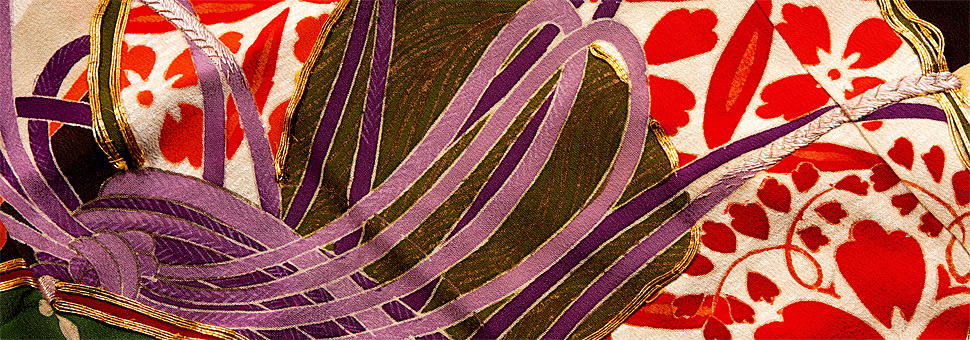
The first are items TRC 2020.3740a and 3740b, labelled as a chota set. What is a chota set? It comprises a tea cosy cover and a tray cloth and was used for chota hazri which literally translates as ‘little presence’ but was always known as little breakfast. In the heat of India, the best time to exercise was in the early morning, so just after dawn my father and I would receive little breakfast on a tray in bed. It consisted of tea with imported powdered milk (an acquired taste) and toast, with possibly some mango or papaya.

 Sandwich cover from 1950s India, with hand made needle lace (TRC 2020.3749).The second item is TRC 2020.3749. This is a beautiful sandwich cover, which would be placed on a plate, the sandwiches placed in the middle and the 4 corners folded over with the decorated one on top. The main purpose, of course, was to keep the flies off. Tea was served every day at about 4pm. Again, because of the heat (air conditioning was rare at that time) dinner was always late, even for children, so a little snack was needed to bridge the time between lunch and dinner. There would be a selection of sandwiches, possibly some plain biscuits and tea.
Sandwich cover from 1950s India, with hand made needle lace (TRC 2020.3749).The second item is TRC 2020.3749. This is a beautiful sandwich cover, which would be placed on a plate, the sandwiches placed in the middle and the 4 corners folded over with the decorated one on top. The main purpose, of course, was to keep the flies off. Tea was served every day at about 4pm. Again, because of the heat (air conditioning was rare at that time) dinner was always late, even for children, so a little snack was needed to bridge the time between lunch and dinner. There would be a selection of sandwiches, possibly some plain biscuits and tea.
What astonishes me now is how much washing all this linen would have caused as all tray clothes and sandwich covers were changed daily. Even more astonishing is that any of these textiles remain as the washerman (dhobi) who did this used to beat the linen on stones to clean it!
Ann Cable, Leiden, 1 December 2021
PS. A previous blog written by Gillian Vogelsang (A memento of the First World War?) refers to a table cloth from the early 20th century, also owned by Ann Cable's mother, Constance Whitehead.










